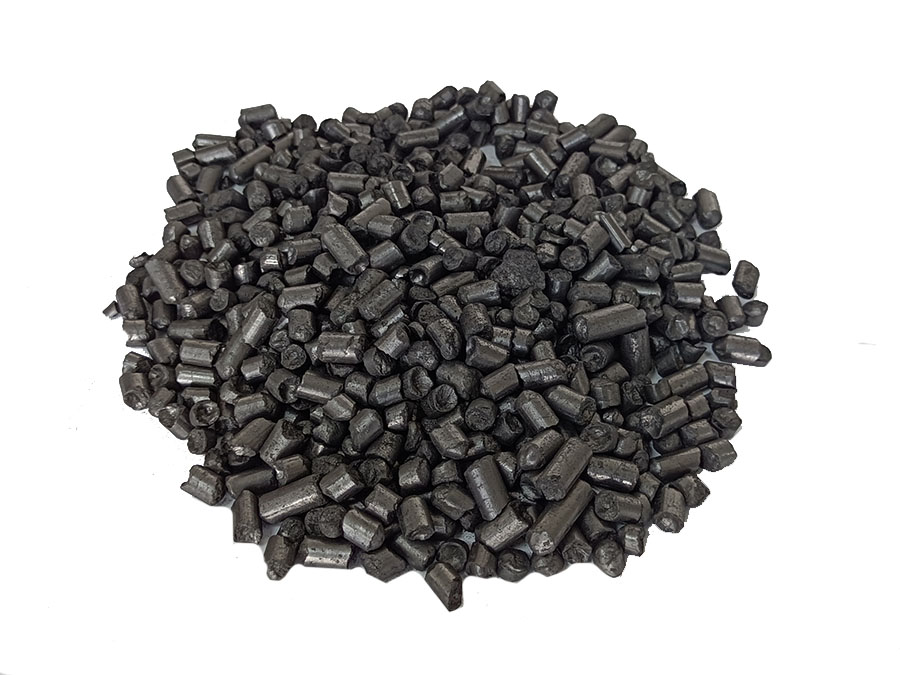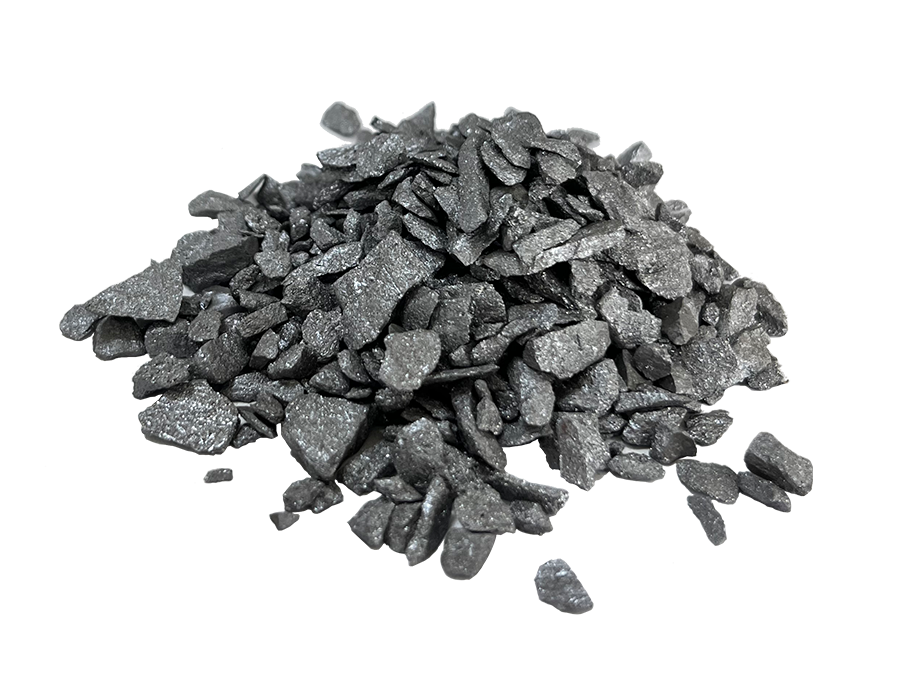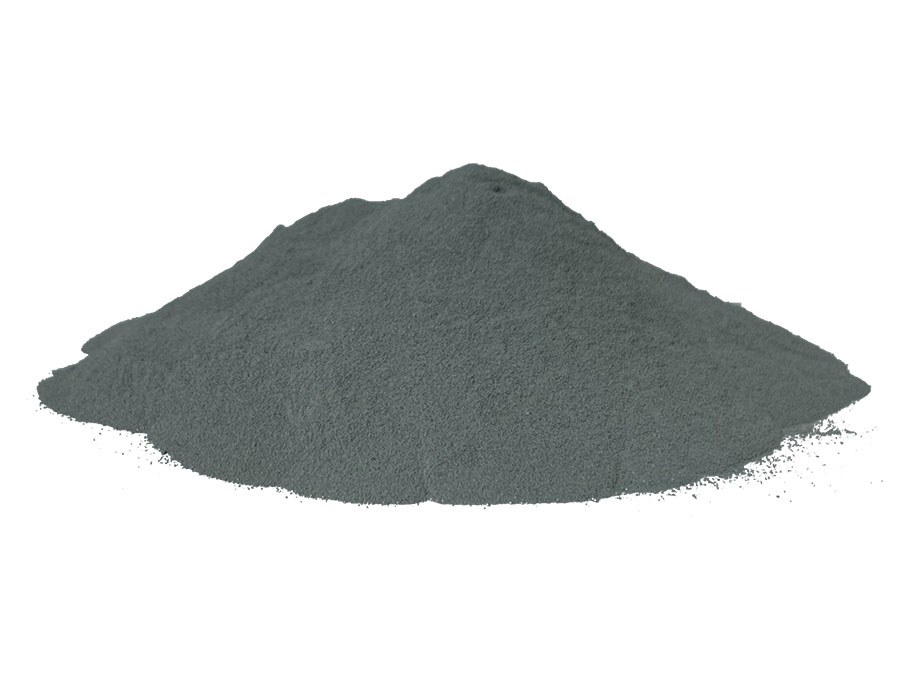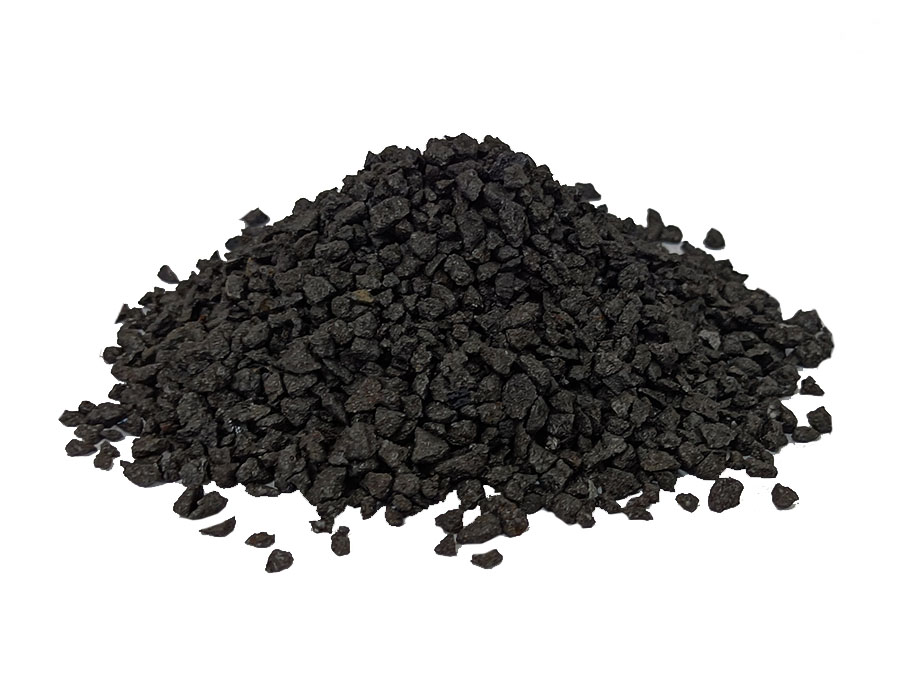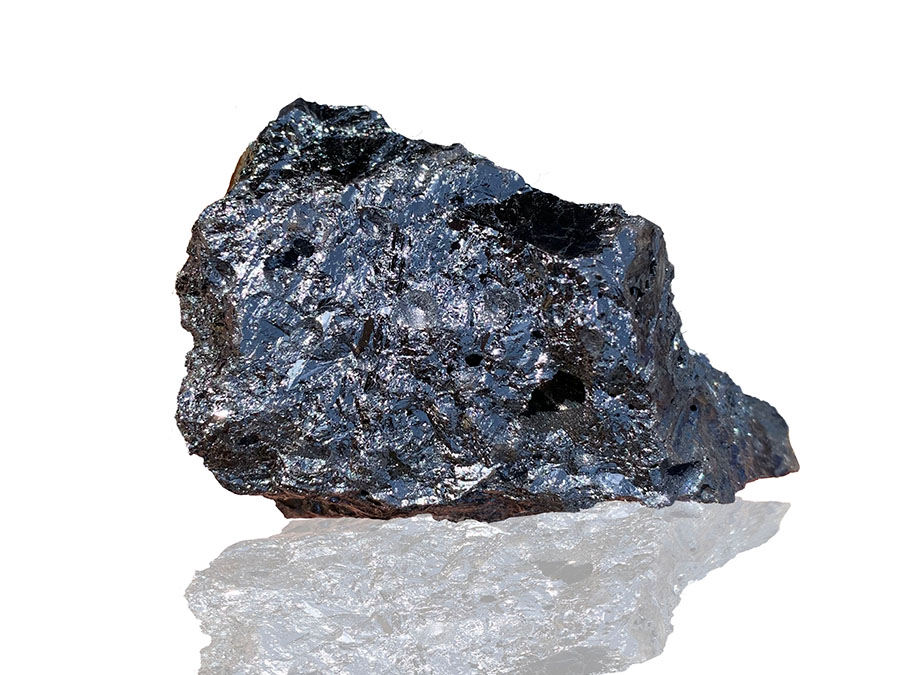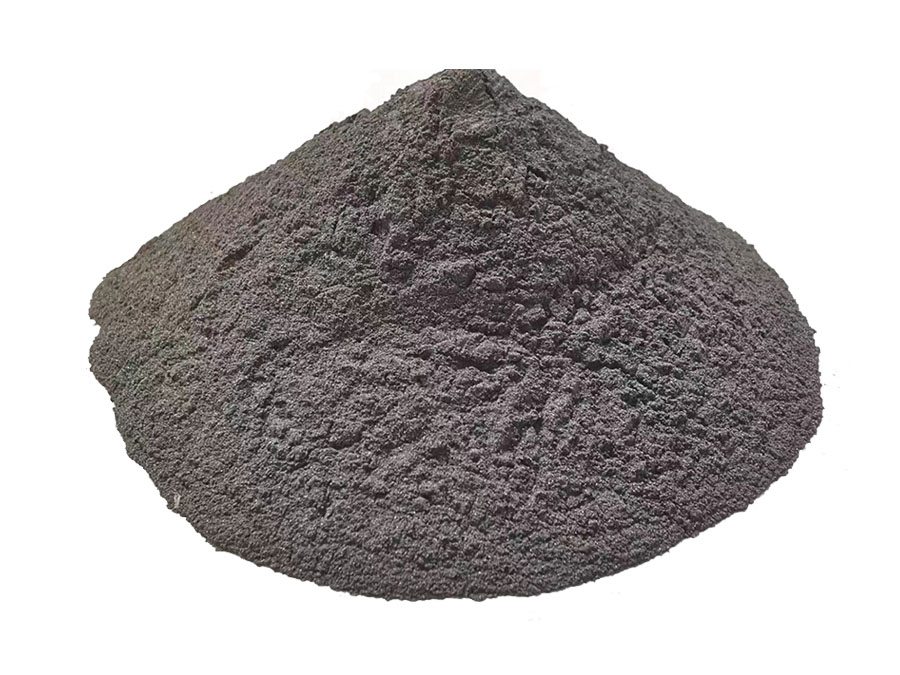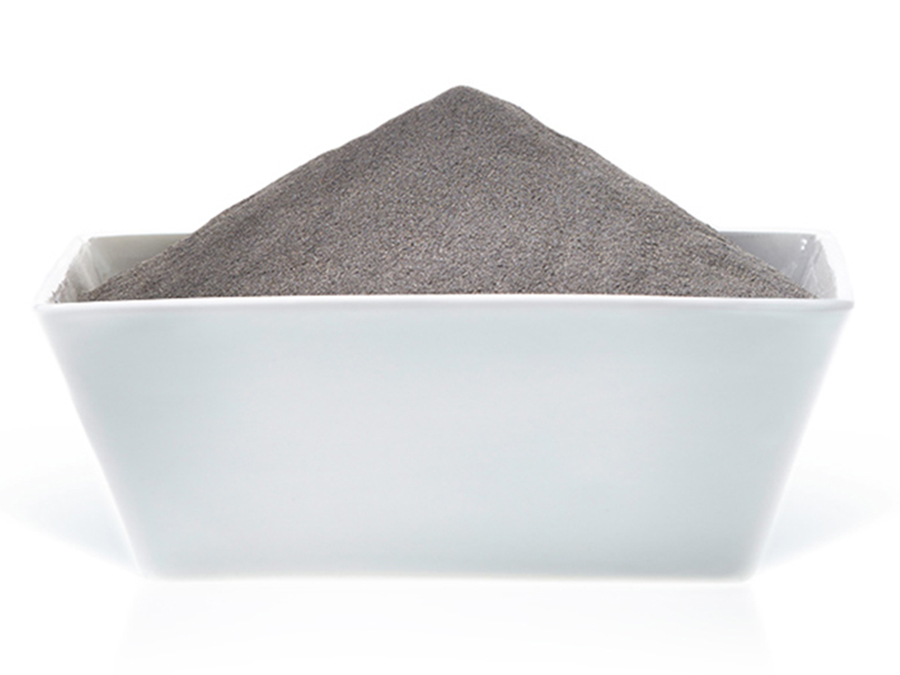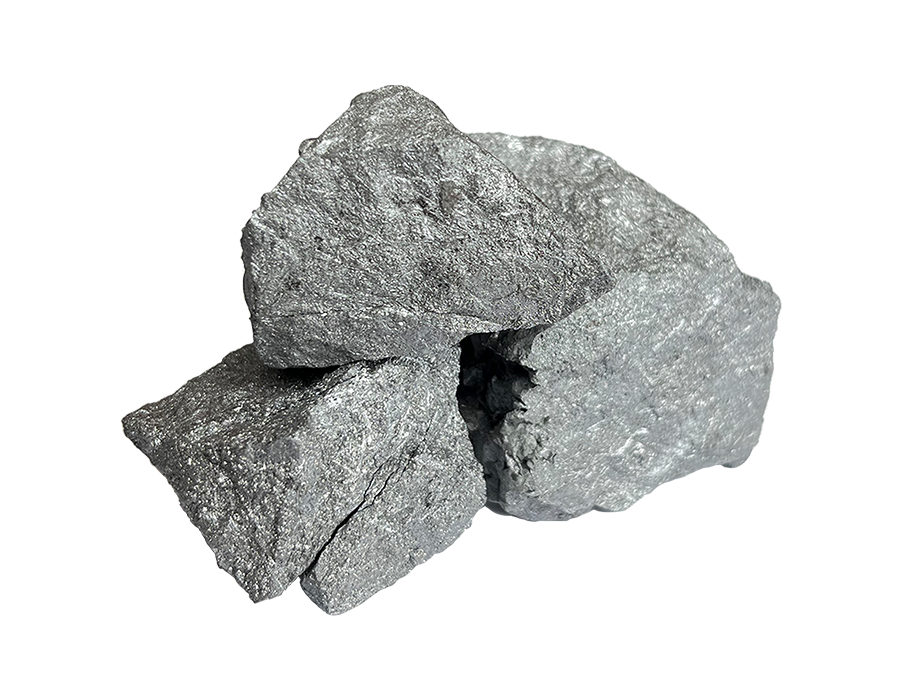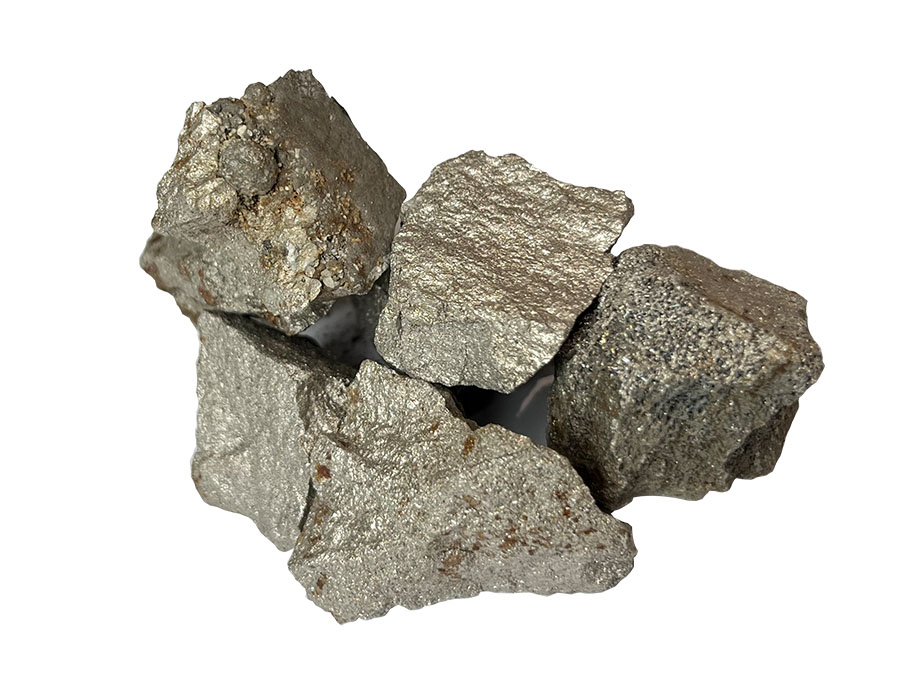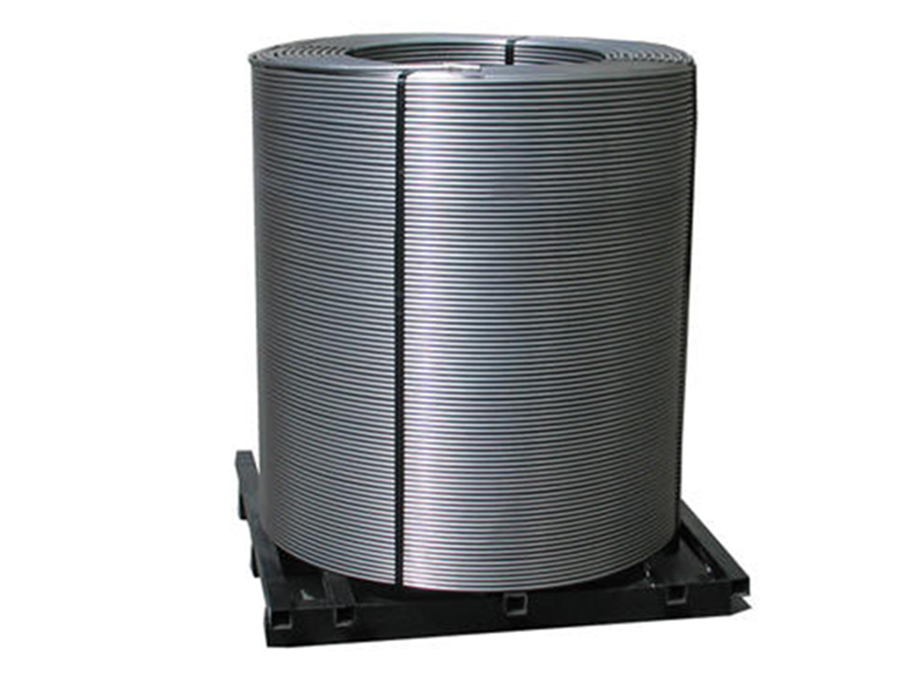Graphitized petroleum coke carburizer, also known as GPC, is a black or dark gray hard solid petroleum product with metallic luster and pores. It is a carbonate rock composed of tiny graphite crystals in the form of granular, columnar or acicular. Petroleum coke is composed of hydrocarbons, with a carbon content of more than 99%, and also contains nitrogen, chlorine, sulfur and heavy metal compounds.
Ferro Alloy
Ferrosilicon Calcium Silicon Inoculants Nodulizer Silica Fume Ferrochromium Calcium Metal Silicon-Manganese Alloys CaSi Cored Wire Metal Silicon Carburizer Silicon Carbide Ferrophosphorus Silicon Nitride Ferrosilicon Nitride Silicon Manganese Nitride Nitrided Ferro Manganese Electrolytic Manganese Magnesium Ingot Refining Slag Silicon Chromium AlloyInoculant
Inoculants are essential additives in cast iron production. A small amount of inoculant can significantly improve the microstructure of cast iron and improve the performance of gray cast iron. The inoculant can also promote graphitization, improve the morphology and distribution of graphite, increase the number of eutectic groups, and refine the matrix structure. The main components of the inoculant are silicon, aluminum, barium, and calcium.
Silica Fume
Silica fume, also known as micro silica, is scientifically named silica fume, which is collected and processed by a special collection device for the smoke and dust that escapes with the exhaust gas during the high-temperature melting of industrial silicon and ferrosilicon in industrial electric furnaces. In the escaping soot, the SiO2 content accounts for about 90% of the total soot, the particle size is very small, and the average particle size is almost nanometer level, so it is called silico
Silicon Carbide
Silicon carbide (SiC), also known as corundum, is a hard compound containing silicon and carbon. It is a new type of strong composite deoxidizer, which replaces the traditional silicon carbon powder for deoxidation. Compared with the original process, its physical and chemical properties are more stable. , good deoxidation effect. Silicon carbide is usually produced in resistance furnaces at high temperatures of 1700 – 2500 °C.Silicon carbide has been an important material in sandpaper.
Nodulizer
Nodulizer, also known as rare earth silicon magnesium nodulizer (FeSiMg), is an additive that can promote the crystallization of graphite into spherical cast iron. The main component of "spheroidizing agent" is nodularizing elements, such as Mg, Ce, Ca, etc. Silicon-magnesium-iron nodulizers can significantly improve the strength of cast iron, and have the functions of degassing.Silicon-magnesium-iron nodulizers are widely used in metallurgy and steel
Silicon Metal
Metal silicon, also known as industrial silicon, is a product smelted from silica and carbonaceous reducing agents in submerged arc furnaces. The main component silicon content is usually above 98.5% and below 99.99%. The remaining impurities are iron, aluminum, calcium, etc. . In China, metal silicon is usually divided into different grades such as 553, 441, 421, 3303, 2202, and 1101 based on the content of iron, aluminum, and calcium in metal silicon.
Calcium Metal
Silvery white soft metal with metallic luster. Melting point: 842°C, molecular formula: Ca, density: 1.55g/cm³ (relative density water = 1). Stability: Unstable, Class 4.3 hazardous chemicals. Main application: used for alloying with aluminum, copper and lead, also used as reducing agent for glass making, often used as alloy deoxidizer/desulfurizer.The relative density is 1.54. Melting point (839±2)°C. The boiling point is 1484°C. Soluble in acid and liquid ammonia, slightly soluble in alcohol
Milled Ferrosilicon 15%
Milled ferrosilicon 15%, also known as low ferrosilicon 15%, is made by melting 75% ferrosilicon and steel scrap in an induction furnace. The molten alloy is poured into a sand bed to cool, then broken into blocks, and then crushed, ground and winnowed to the required size range in two steps. It is suitable for dense media in the separation process of dense media in the mining industry. Dense media separation is a well-established density separation process that is well suited for the separation
Atomized Ferrosilicon Powder 15%
Atomized ferrosilicon powder 15% is a special powder product made by melting 75% of ferrosilicon and scrap materials and casting in high-pressure water jet. Particle sizes are typically between 212 microns and 20 microns. The main properties of FeSi 15% are magnetic properties, corrosion resistance and density. Atomized Ferrosilicon Powder 15% is typically used in DMS-Dense Media Separation applications where the separation density is higher than 3.0 specific gravity (sg) for static baths and 3.
Ferrosilicon
Ferrosilicon (FeSi) is smelted continuously in an open or semi-closed reduction furnace using semi-coke, silica, steel scrap and other products as raw materials. The appearance of FeSi is silver-gray, with metallic luster, and can be processed into ferrosilicon alloy powder, ferrosilicon block and FeSi granule according to customer requirements.
Silicon-manganese Alloys
Silicon-manganese alloys are mainly used as intermediate materials for deoxidizers and alloying agents in steel production, and are also the main raw materials for the production of medium and low carbon ferromanganese. Silicon-manganese alloy is an alloy composed of manganese, silicon, iron and a small amount of carbon and other elements.
Calcium Silicon Cored Wire
CaSi Cored Wire is a type of cored wire used in steelmaking and foundry applications. It is designed to introduce precise amounts of calcium and silicon into molten steel to aid in deoxidation, desulfurization and alloying. By promoting these key reactions, cored wire improves steel quality, cleanliness and mechanical properties.
Welcome to your inquiry!
Service Hotline:+86 15837207537 Whatsapp:8615837207537 Email:info@lsalloy.com

